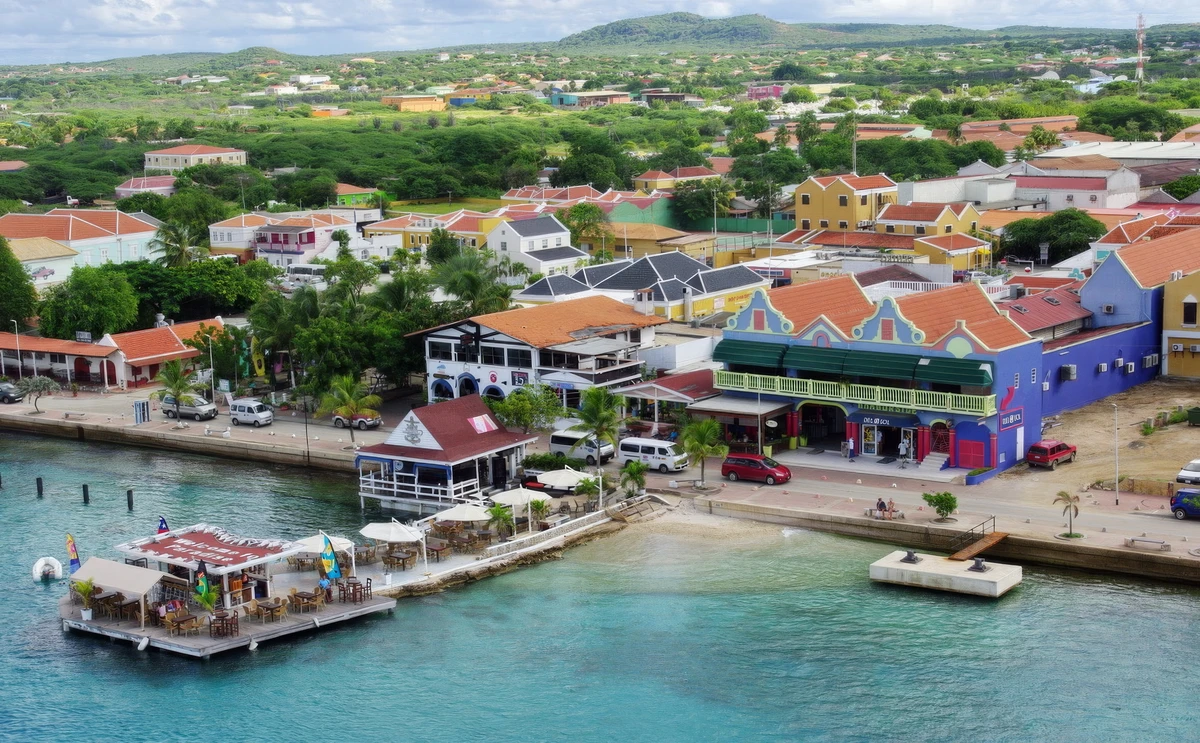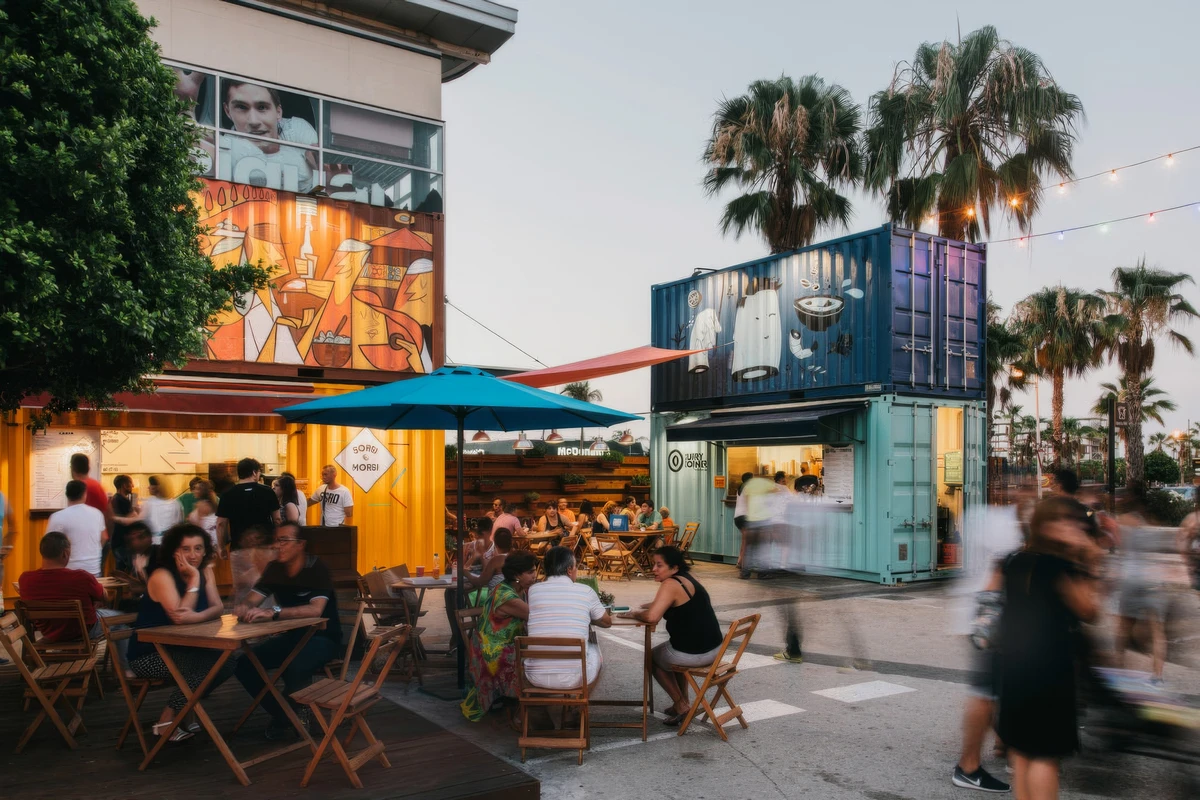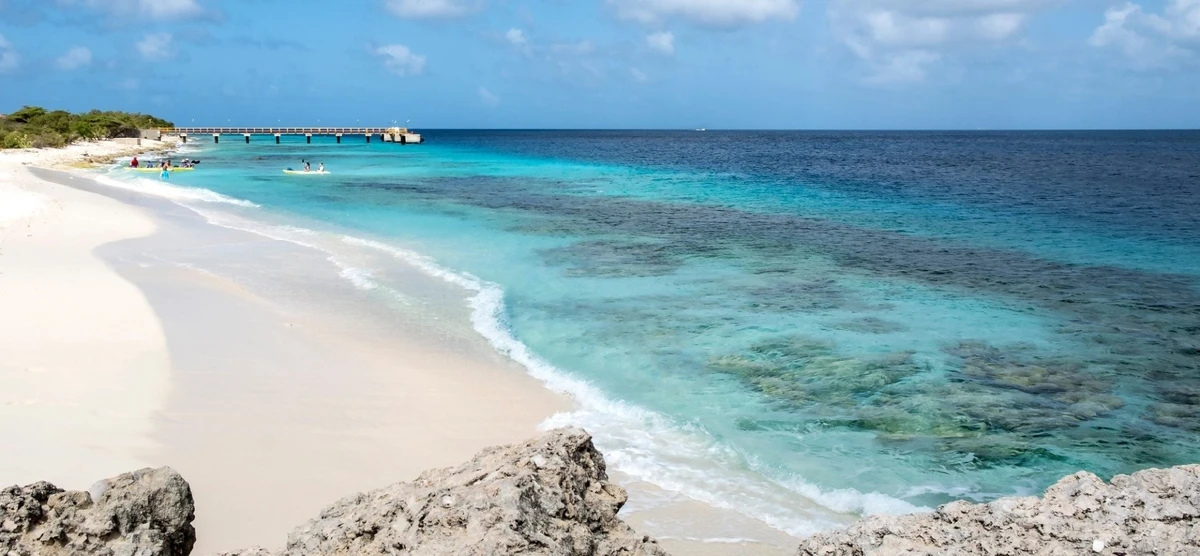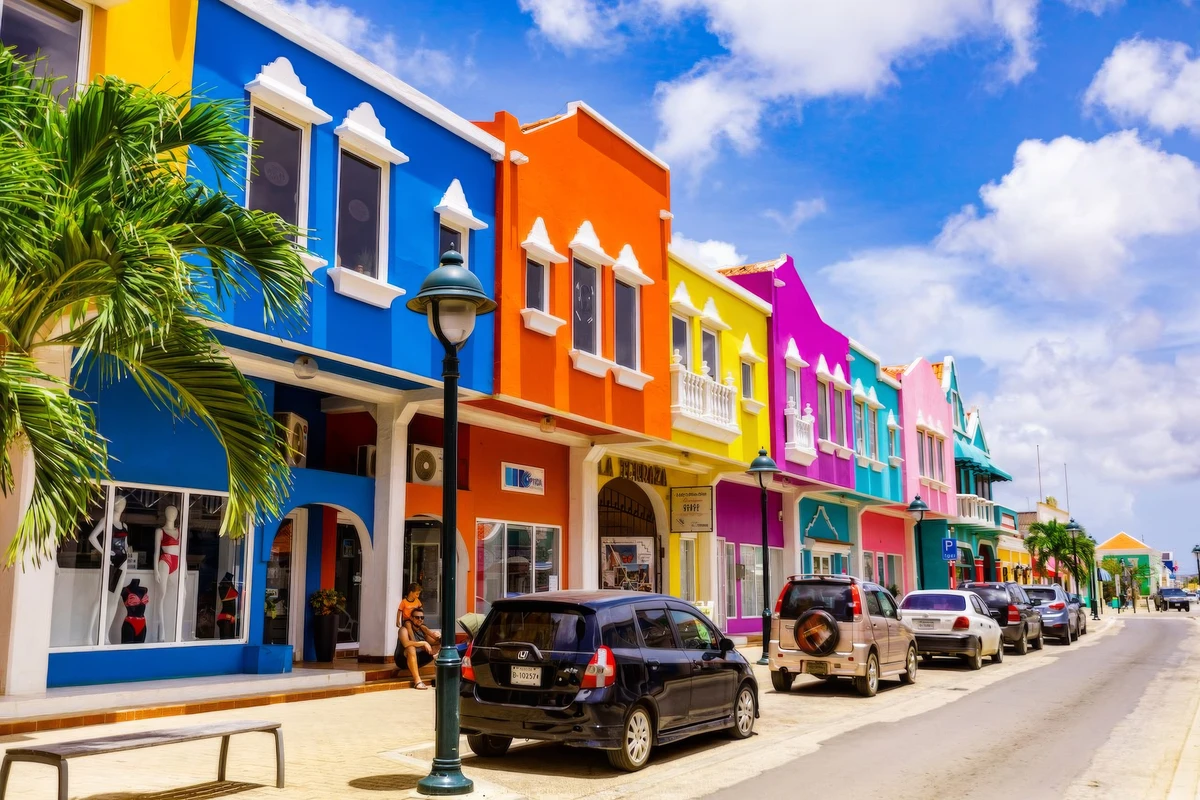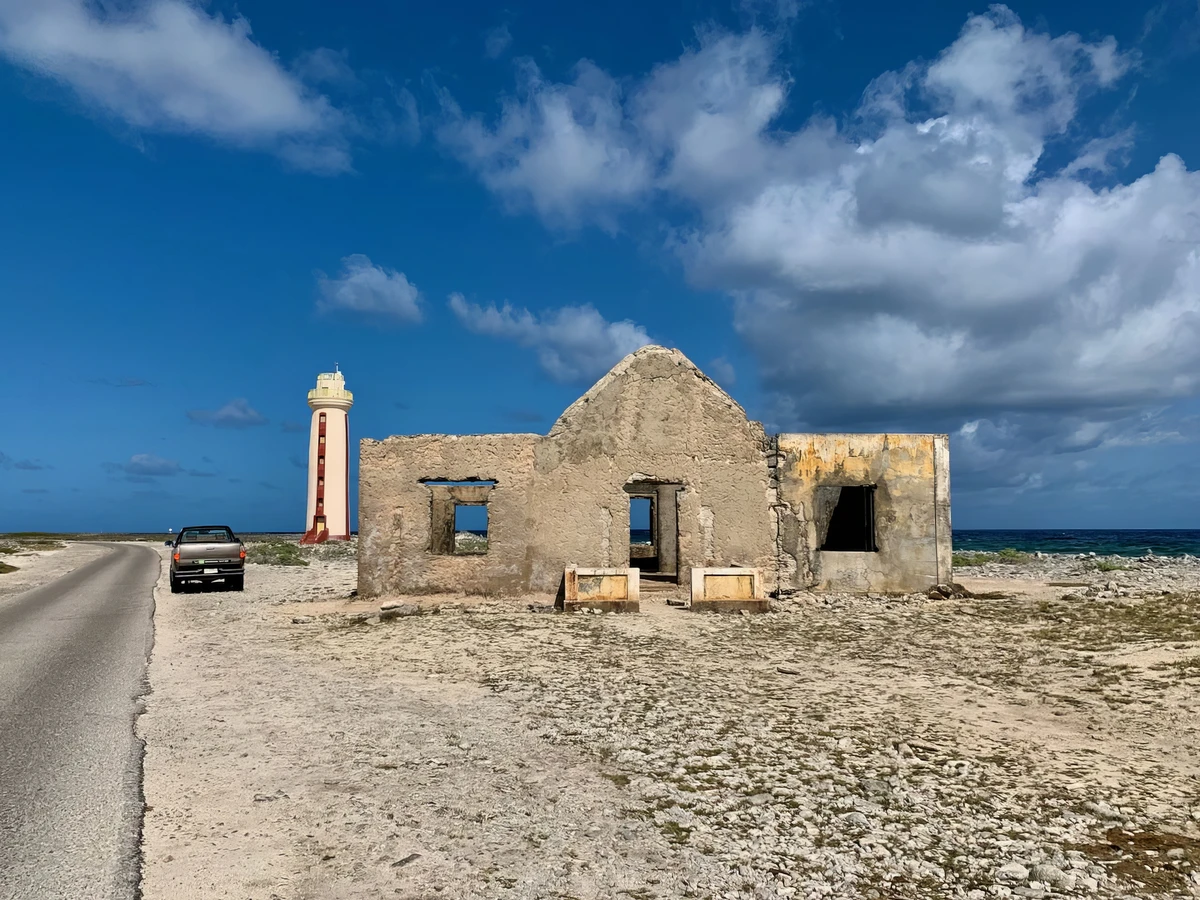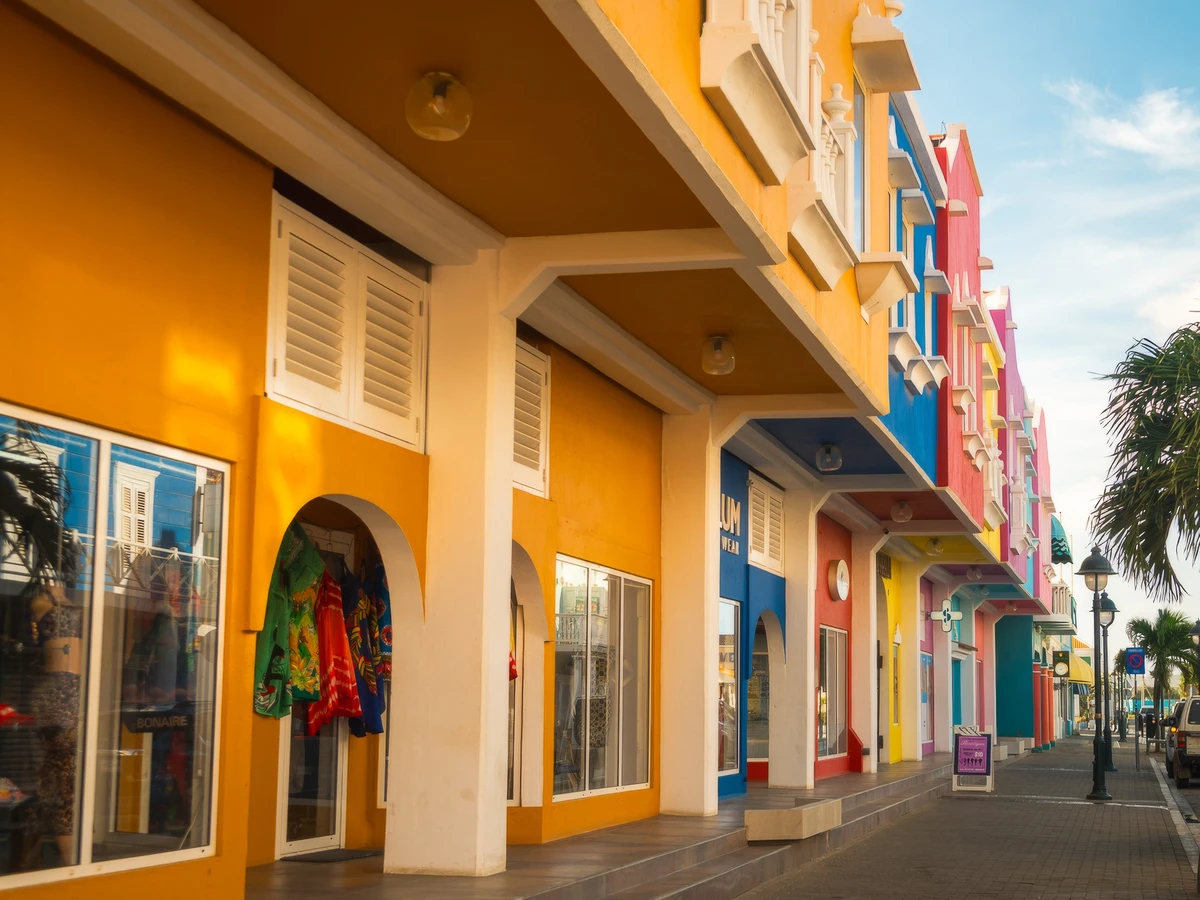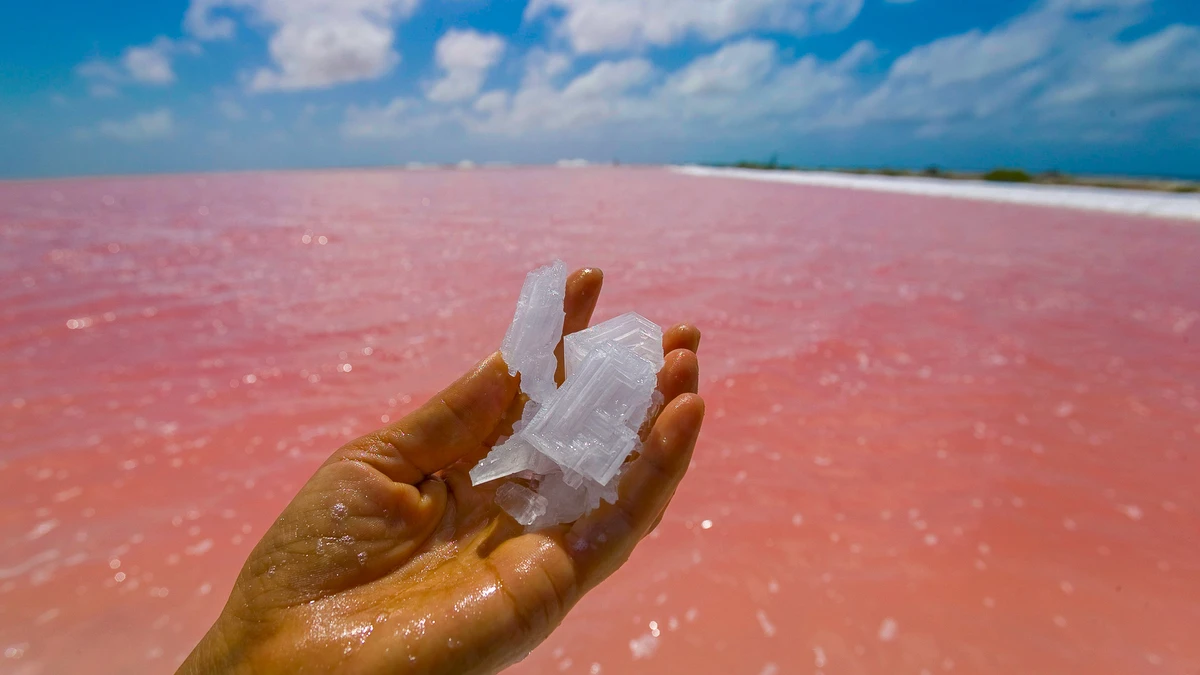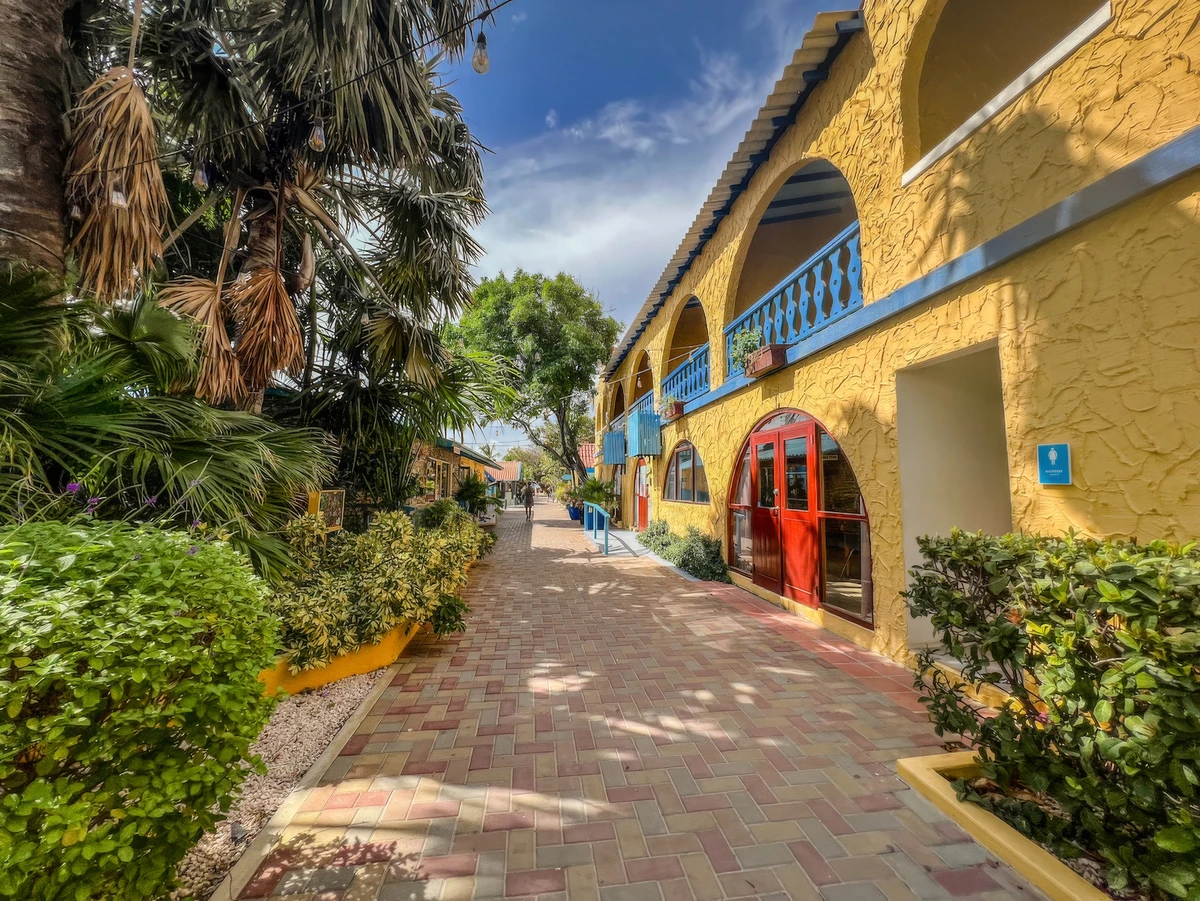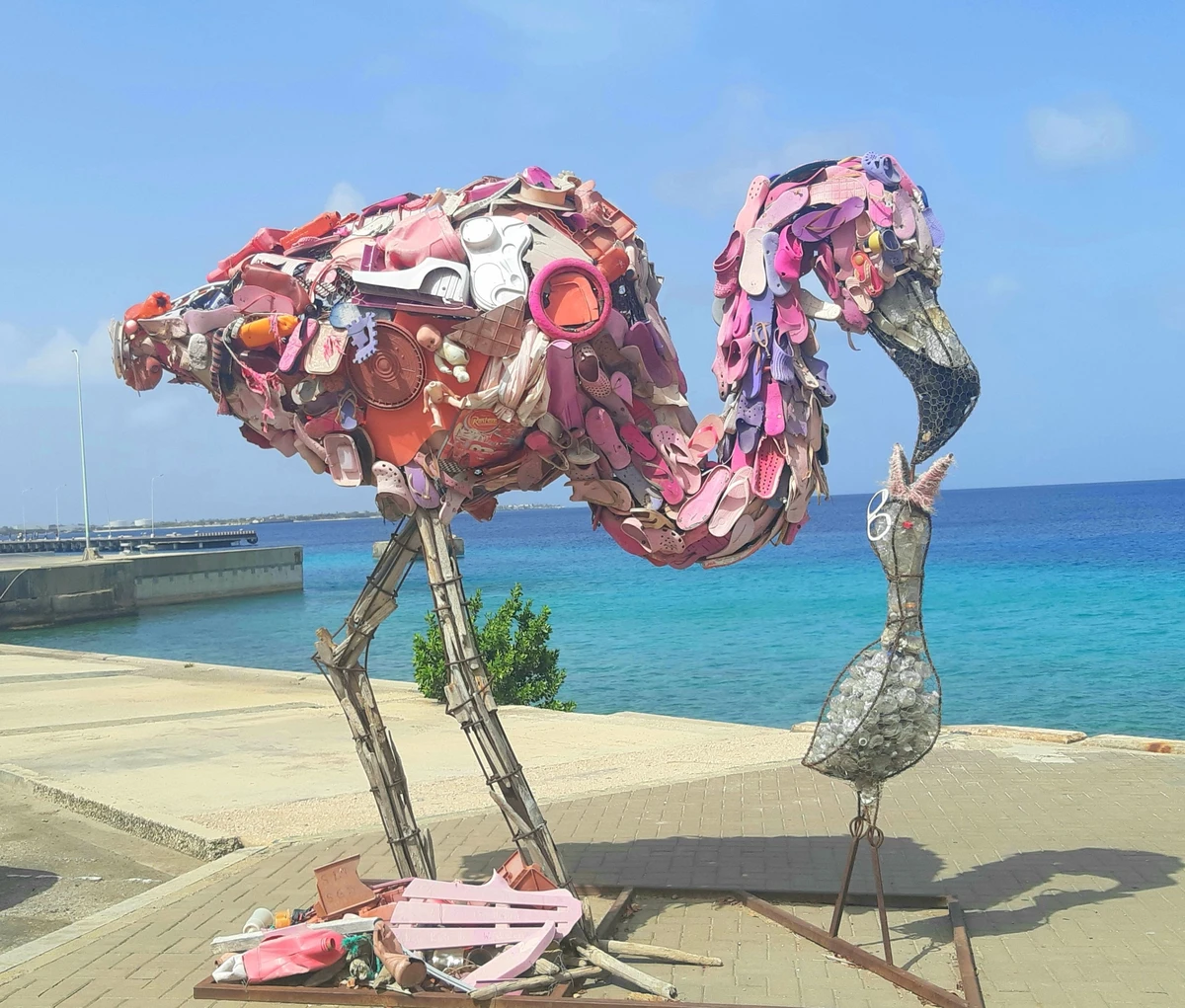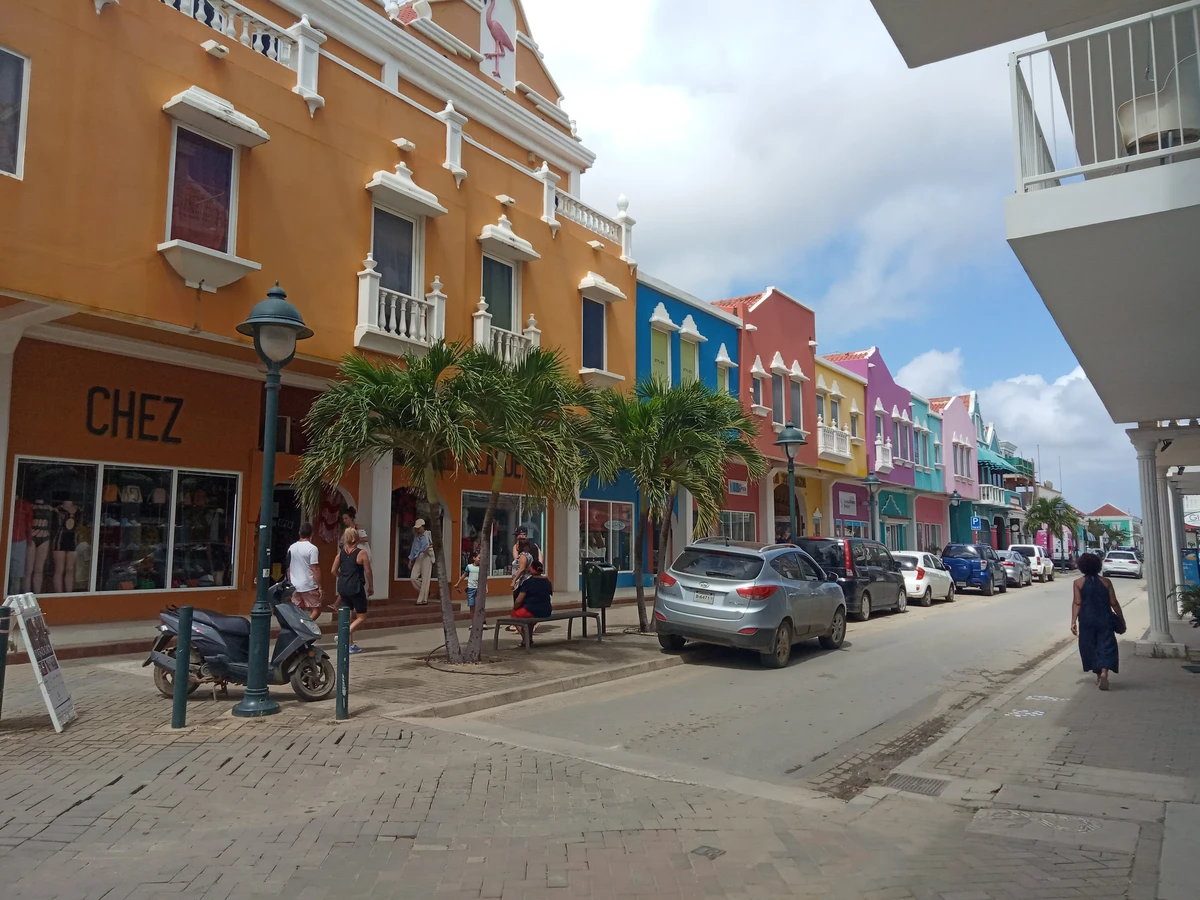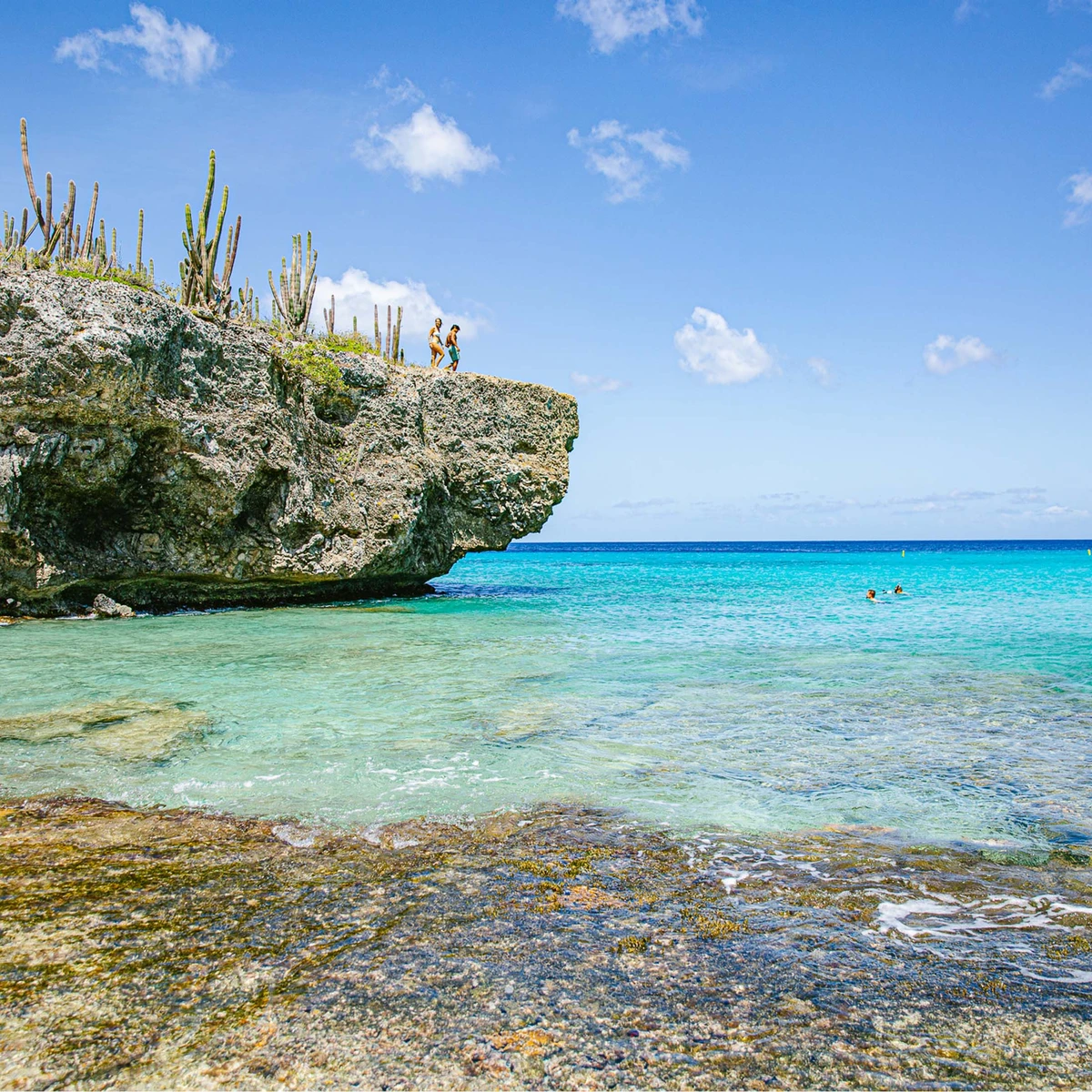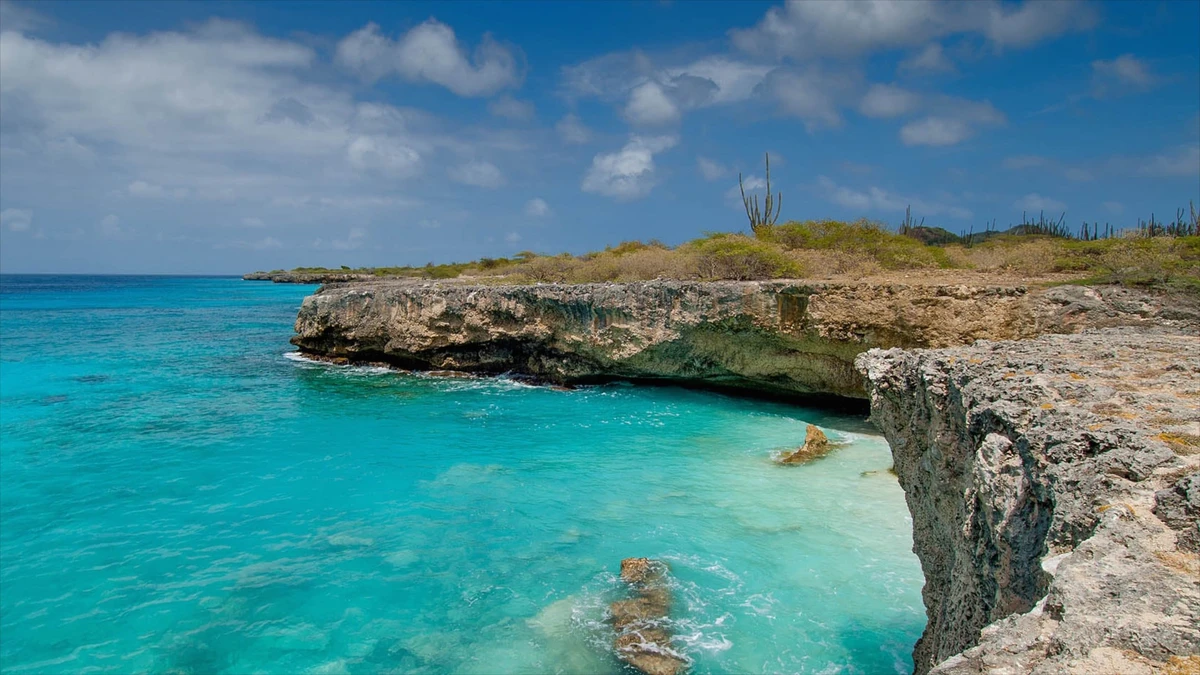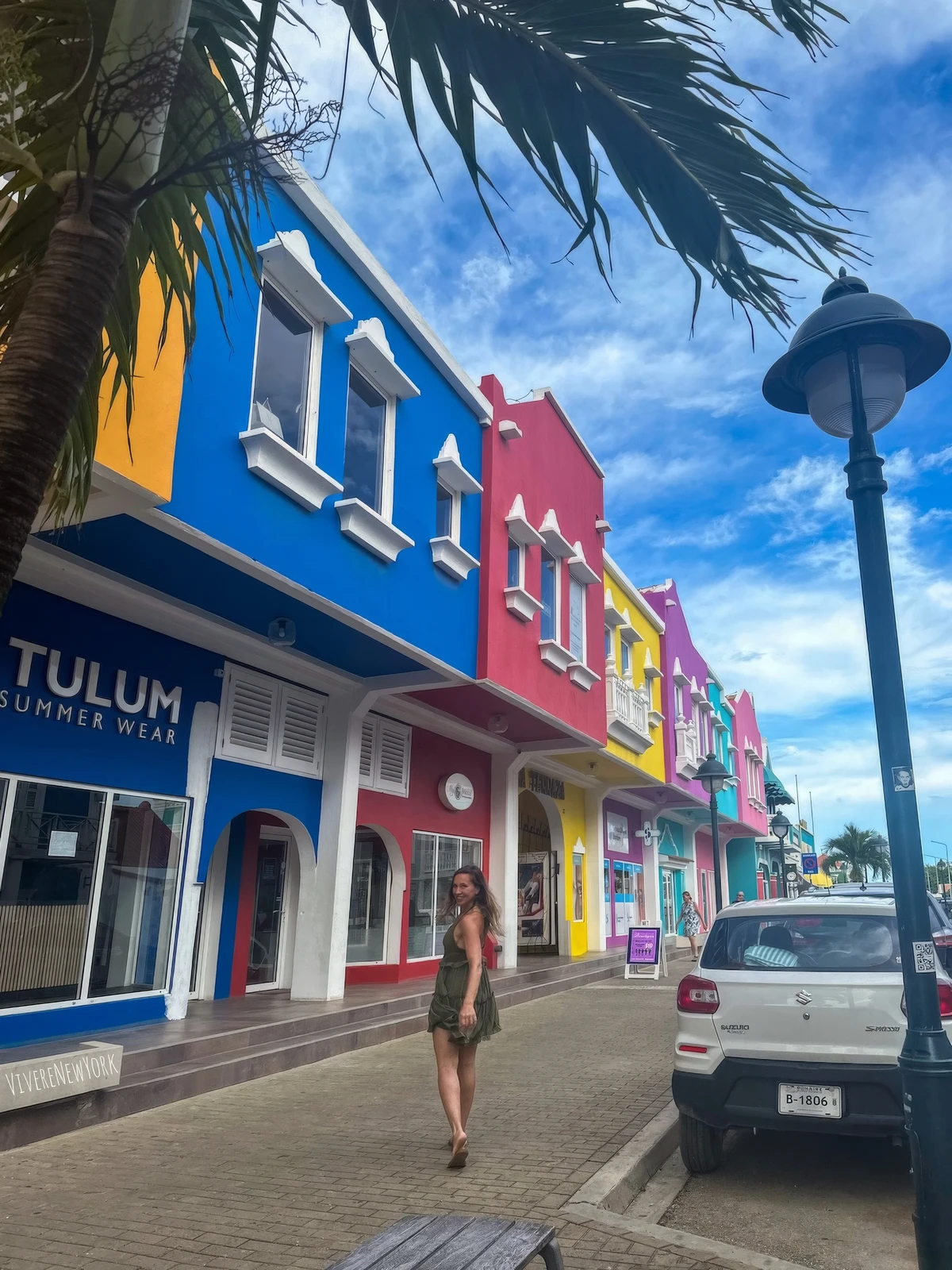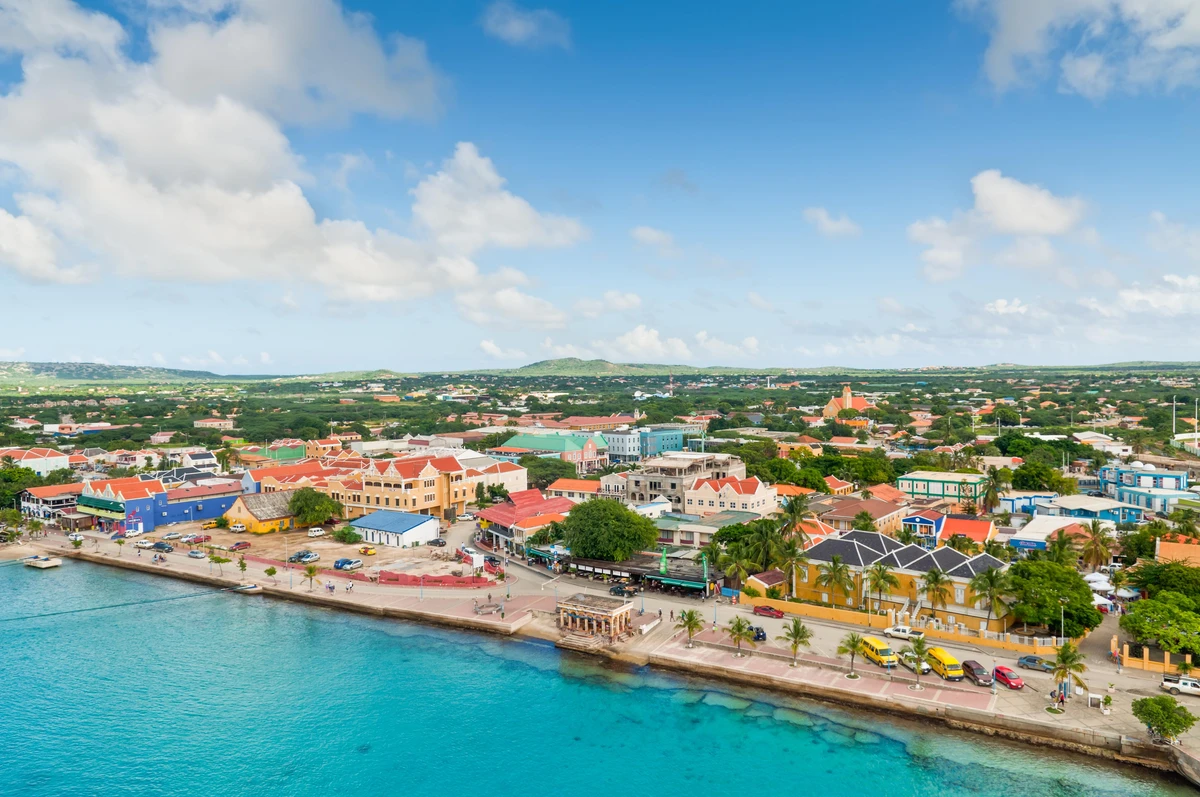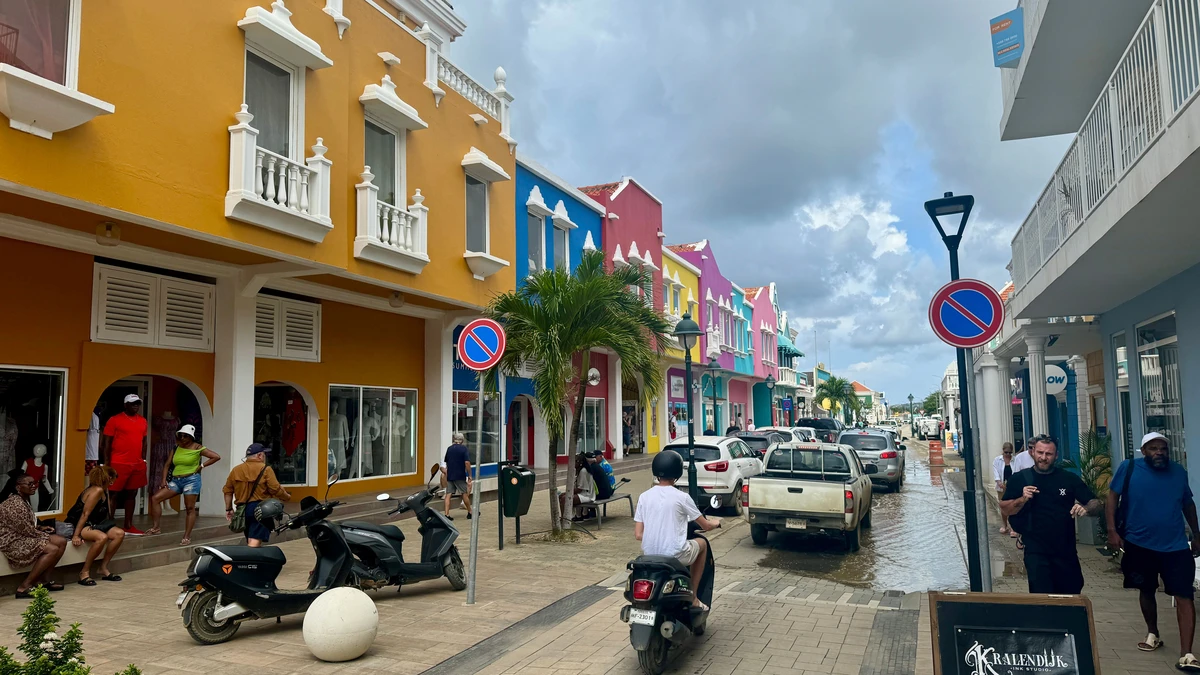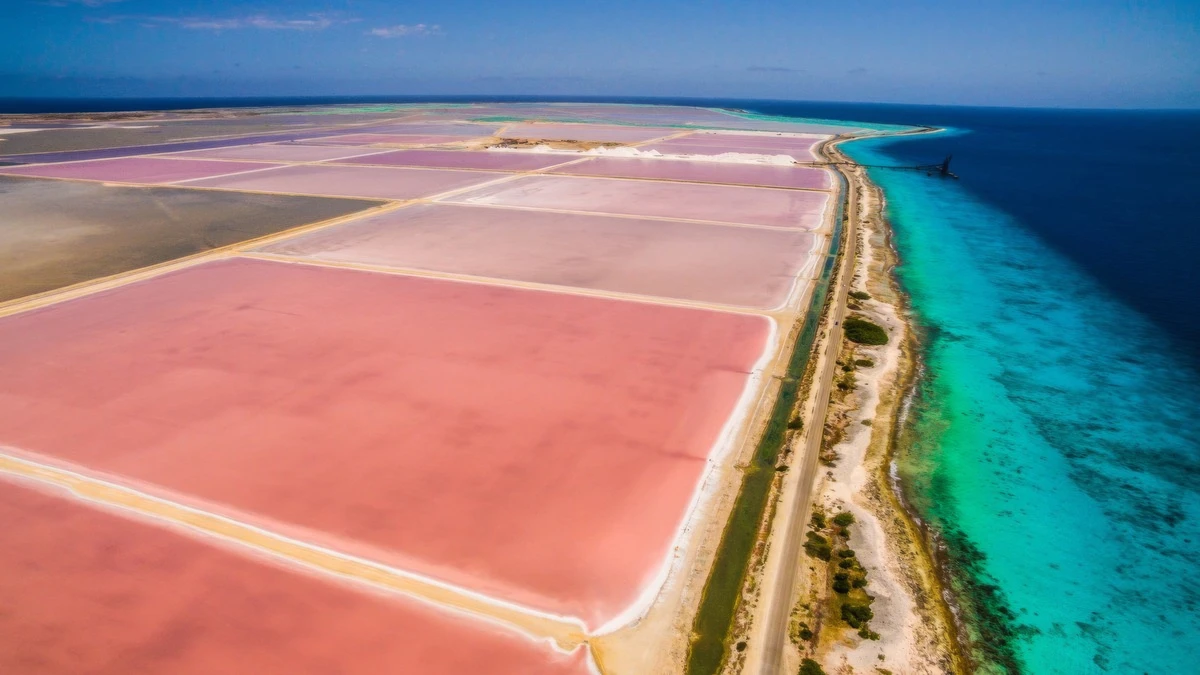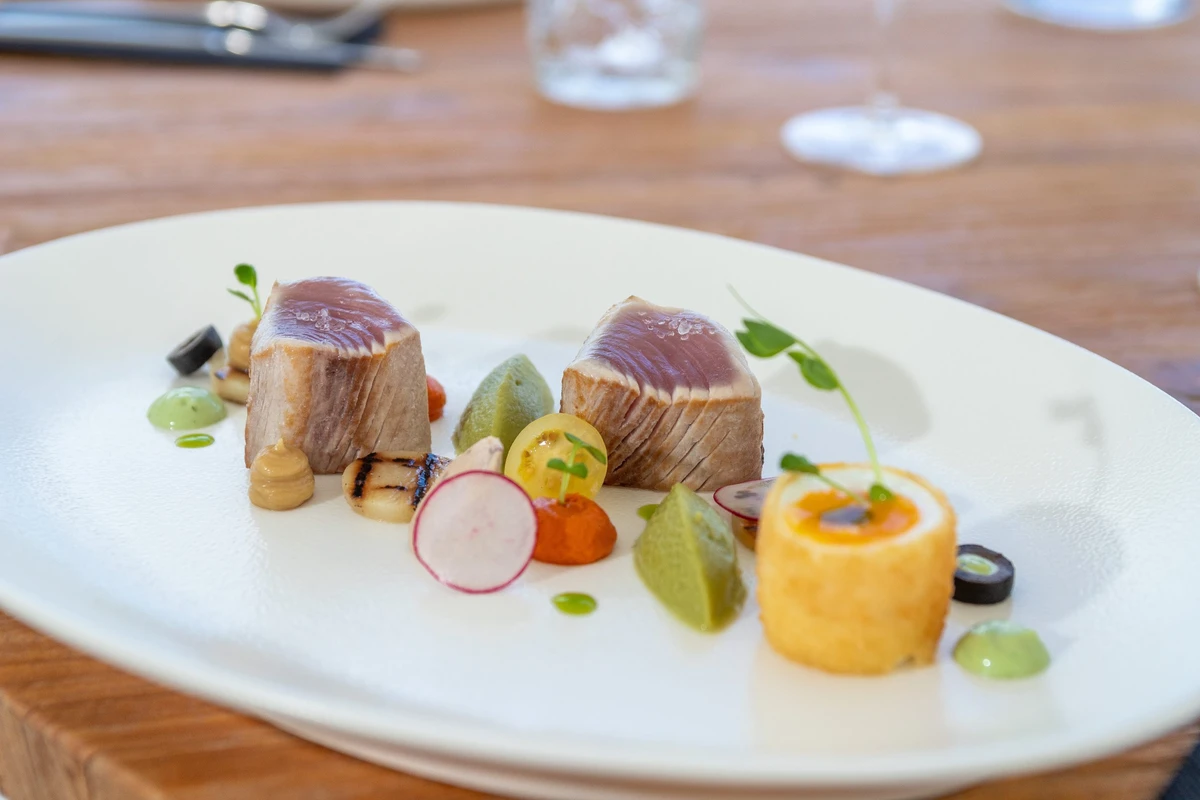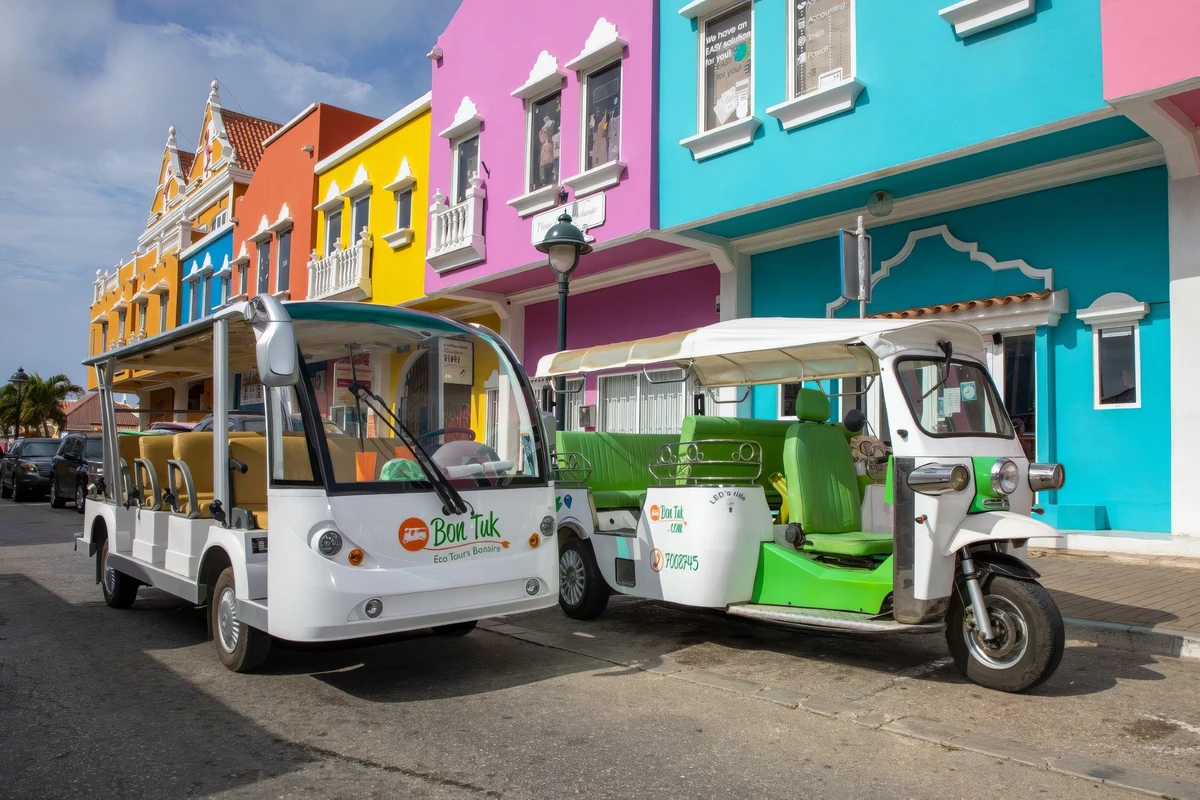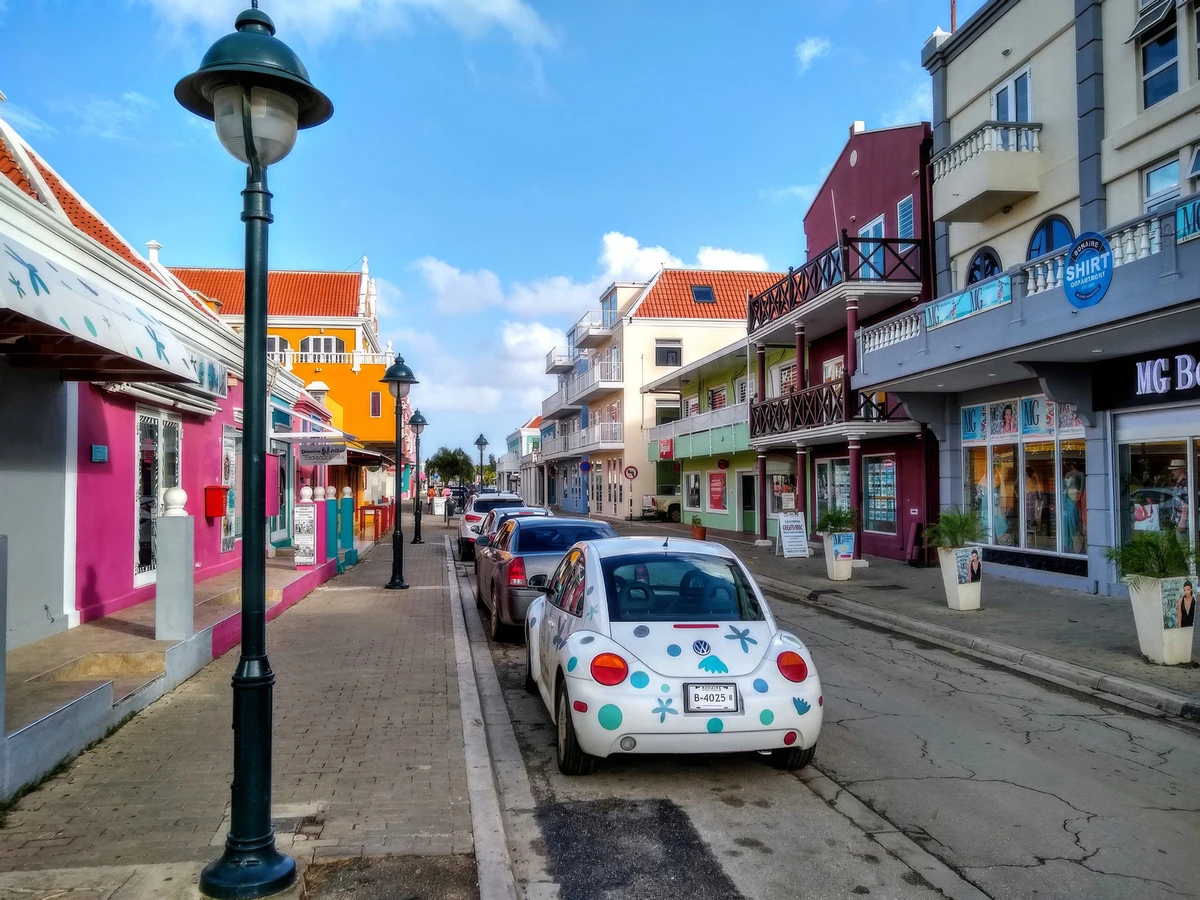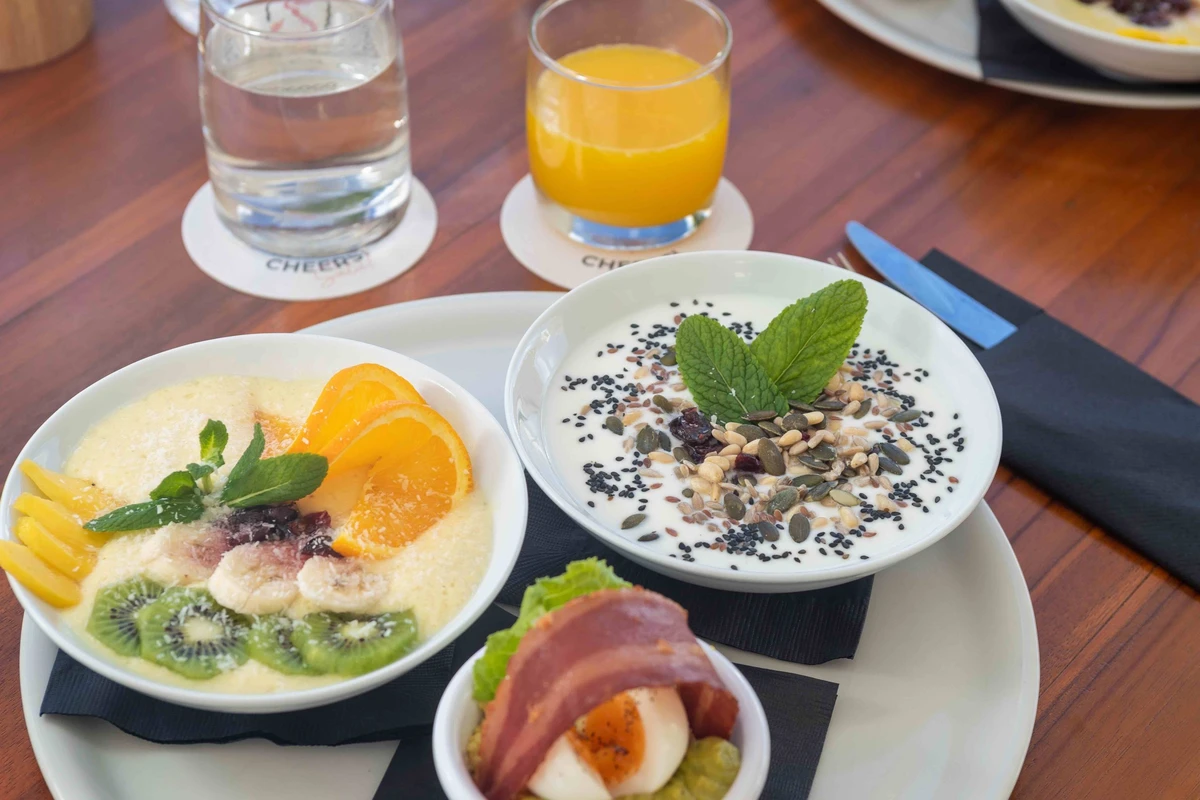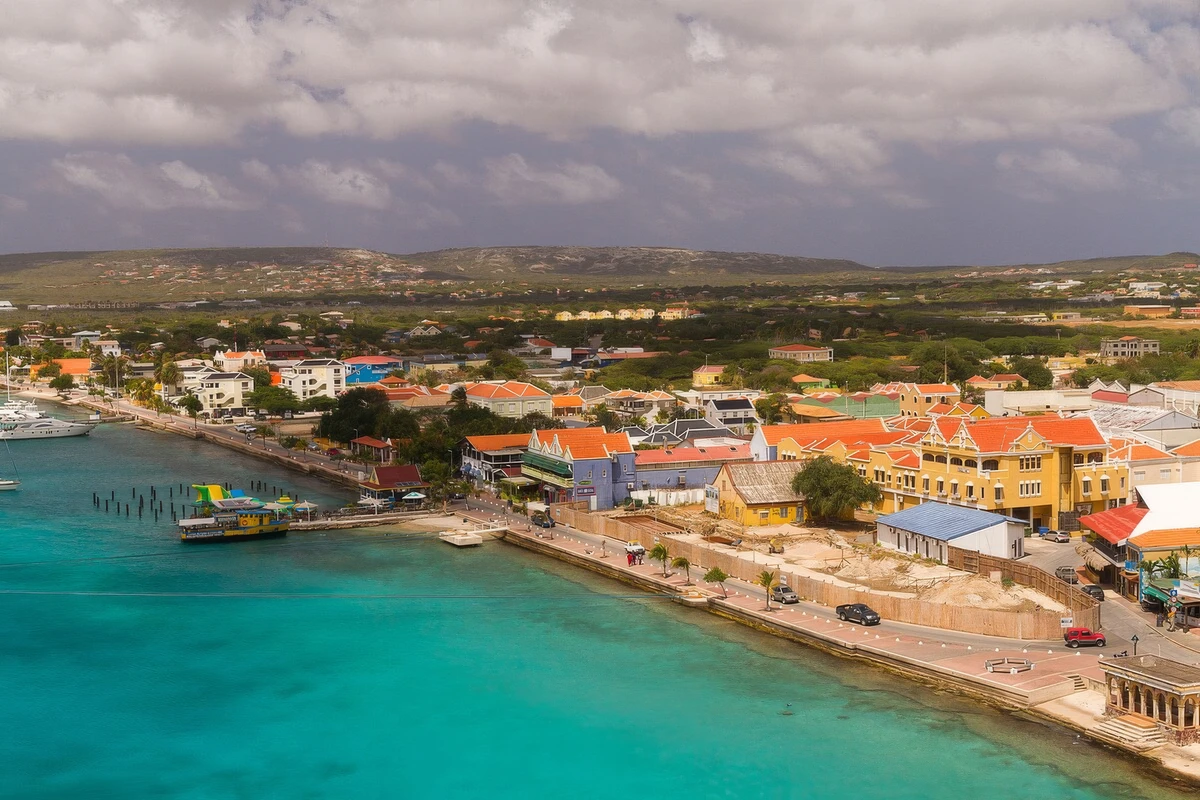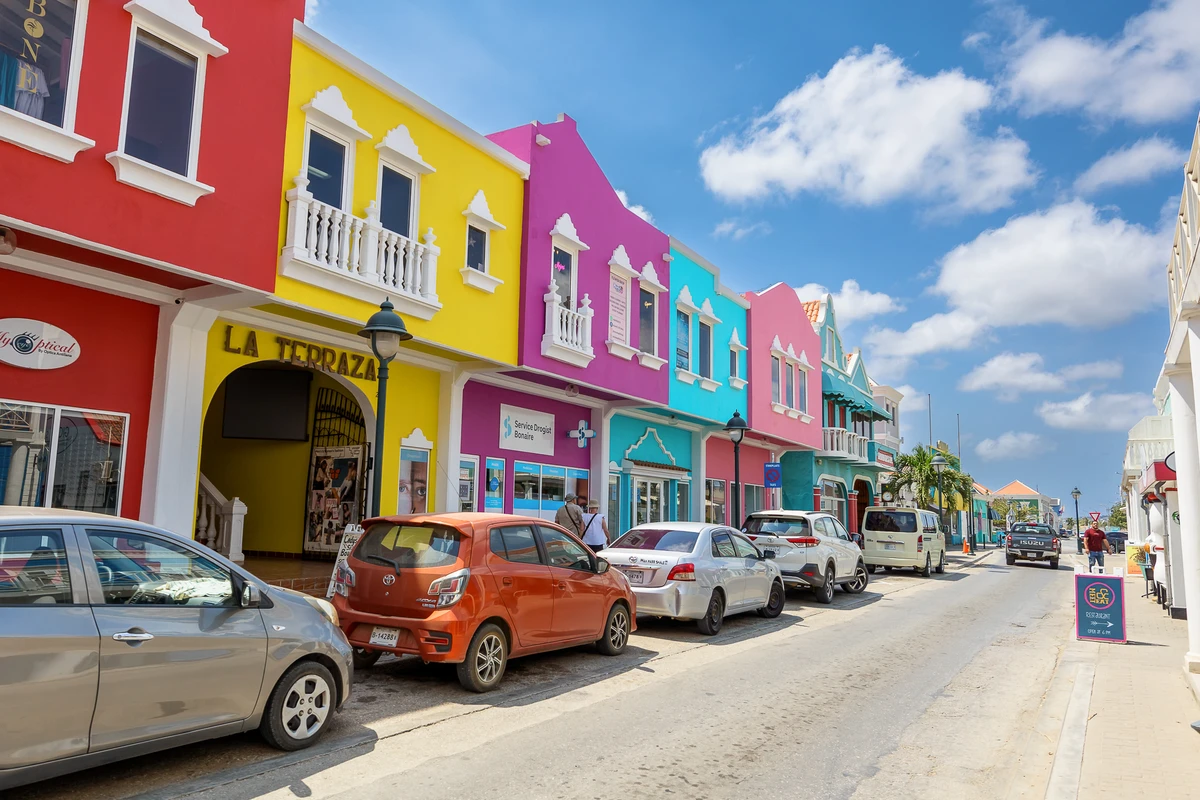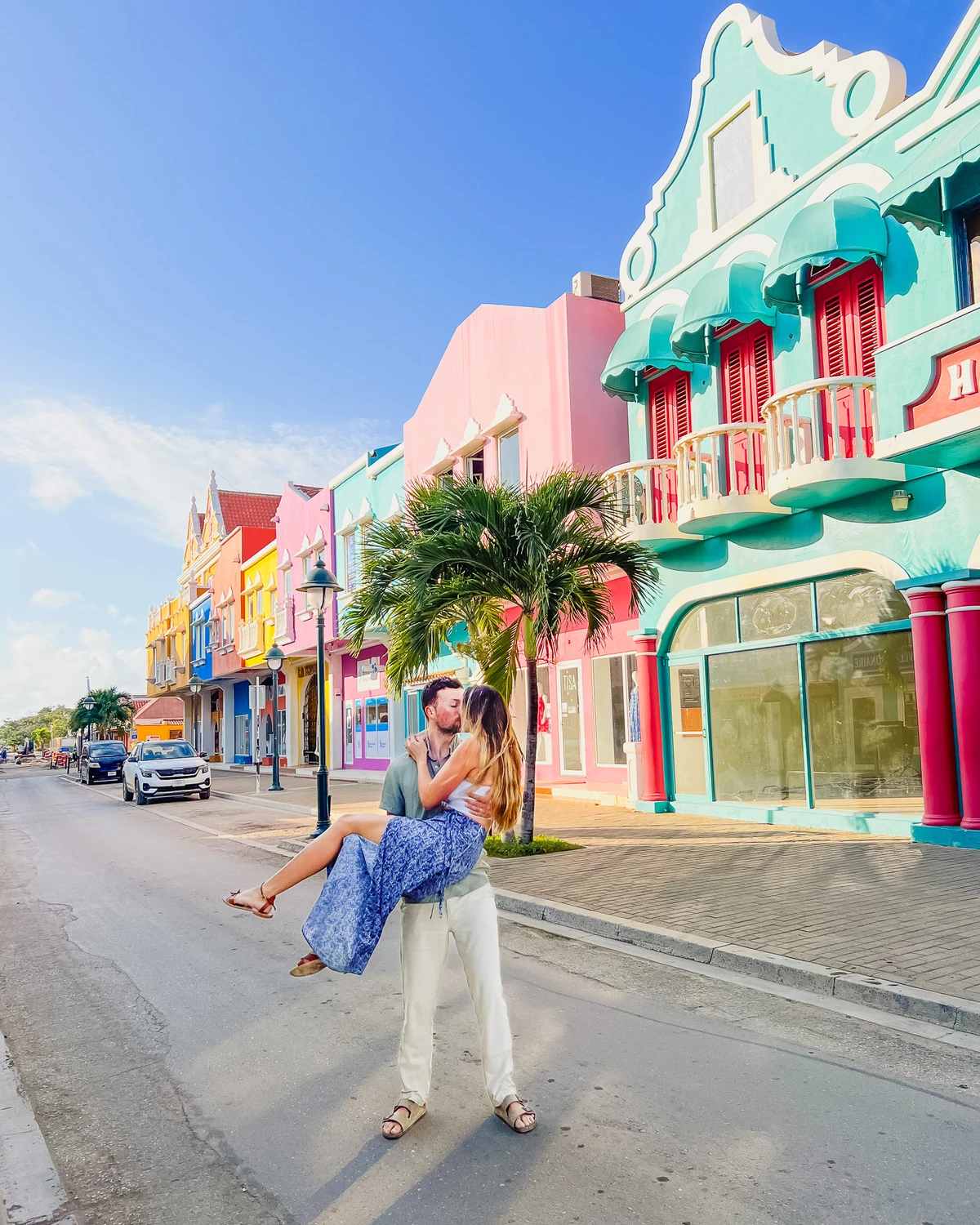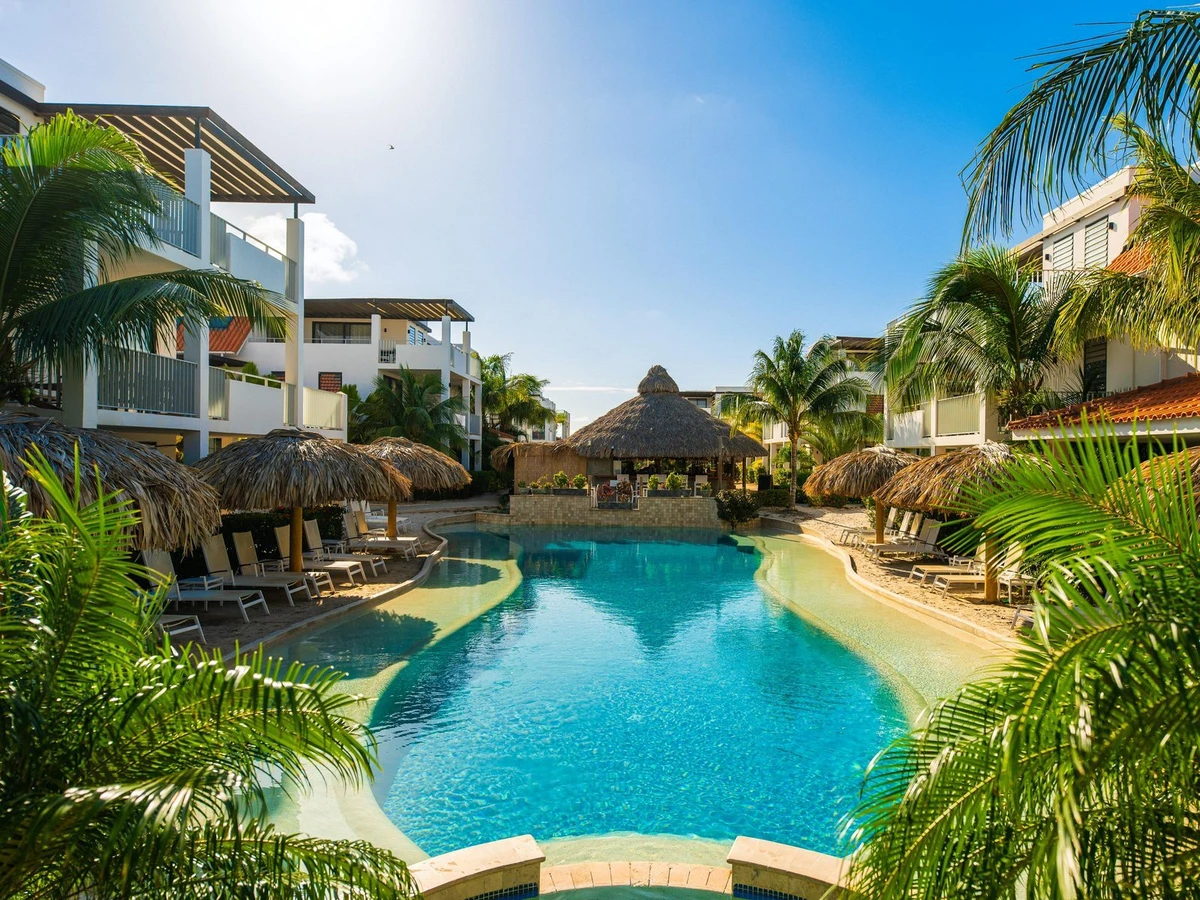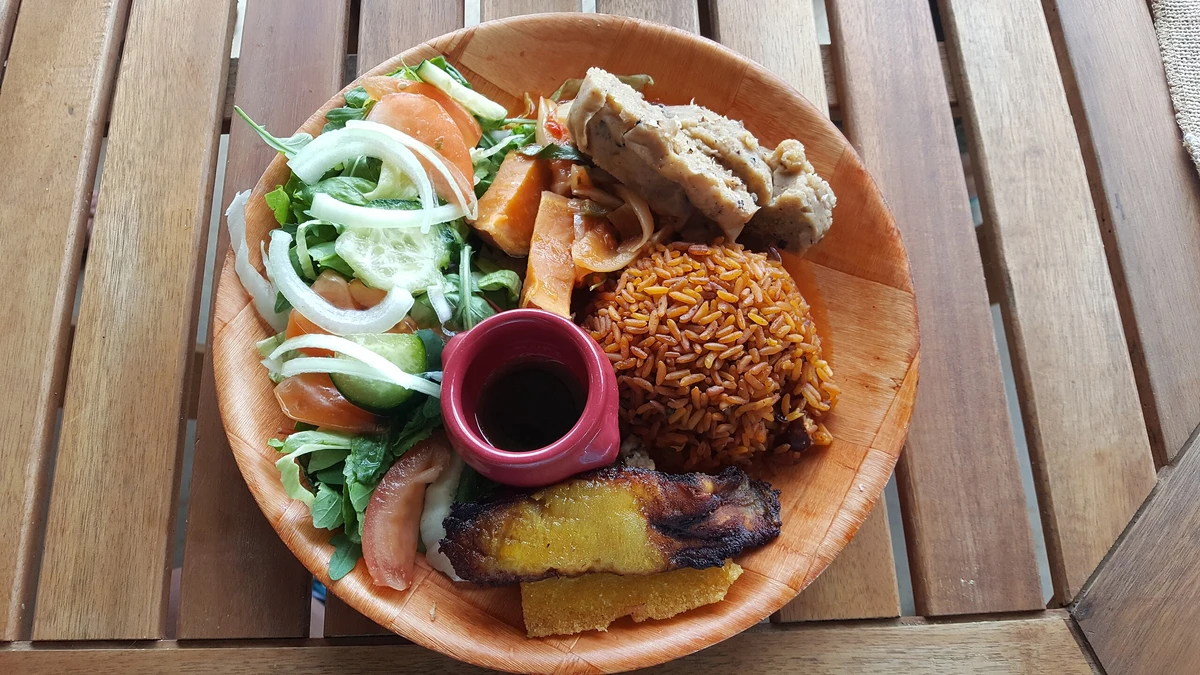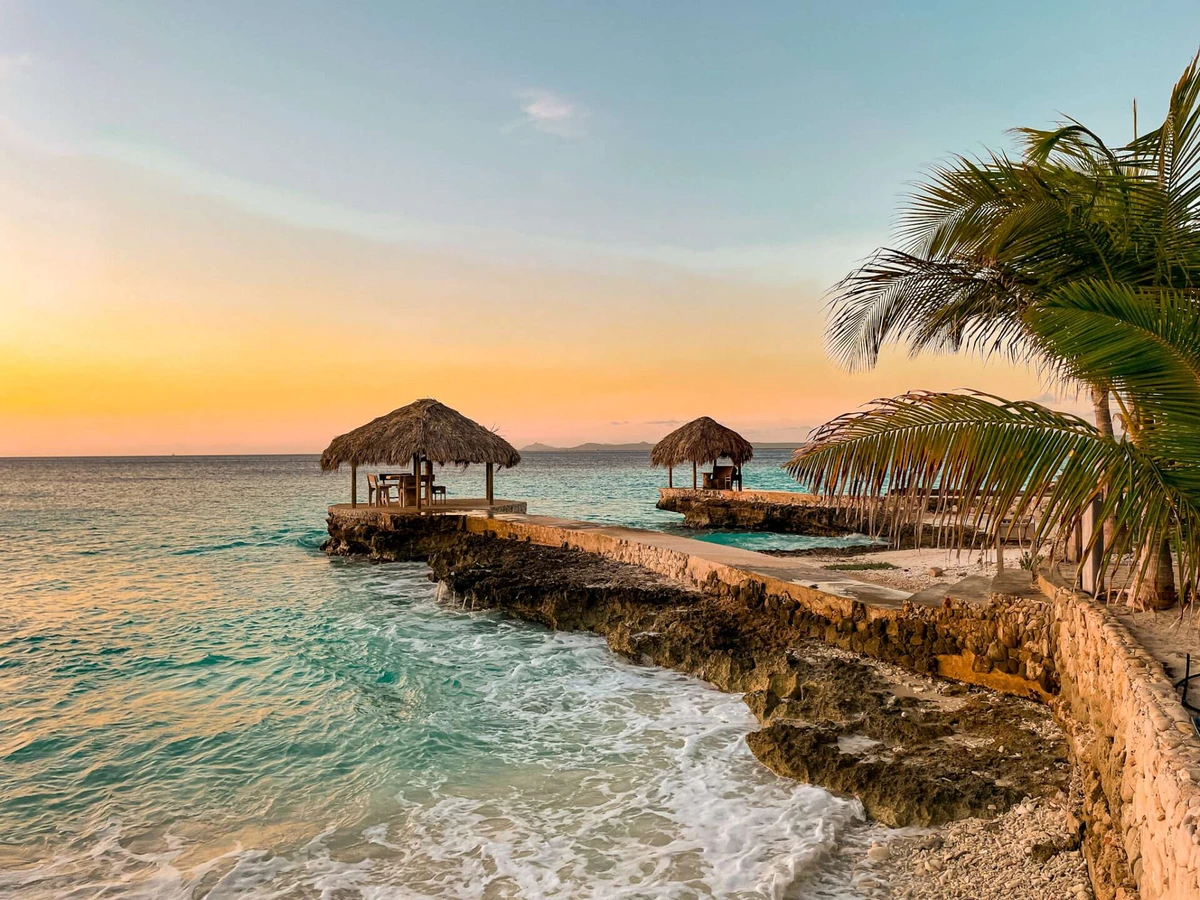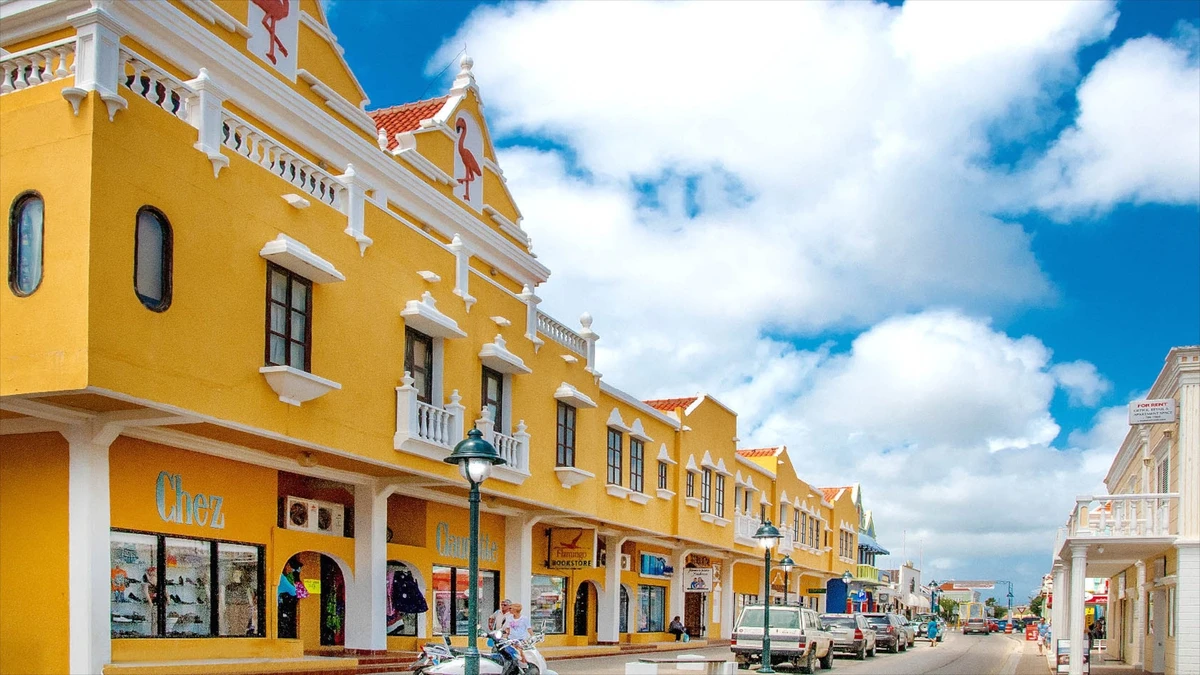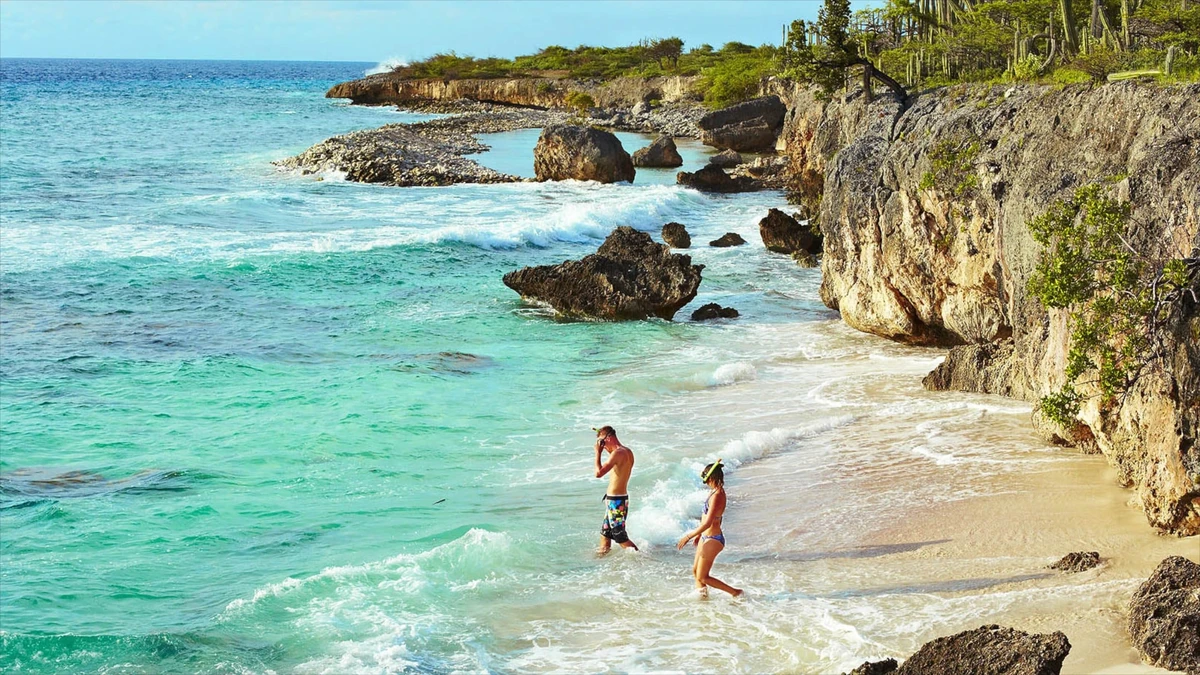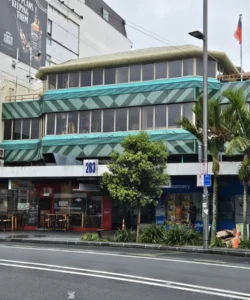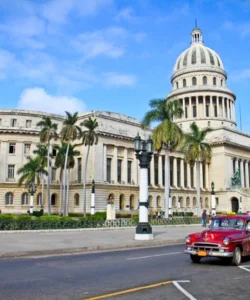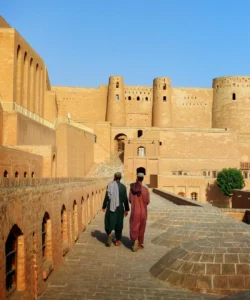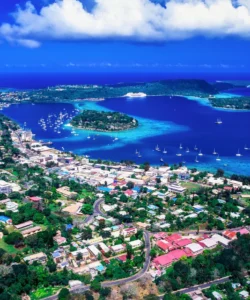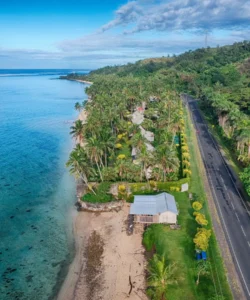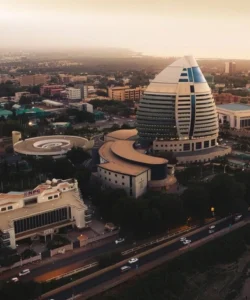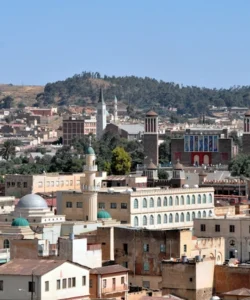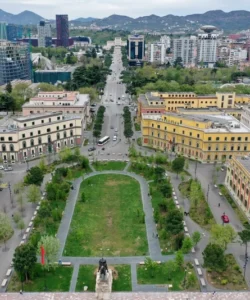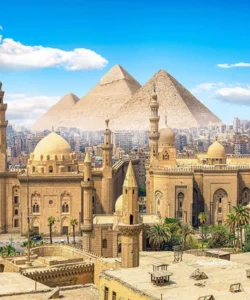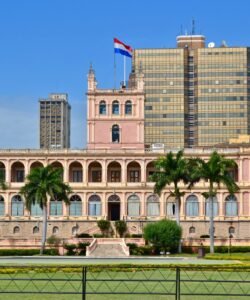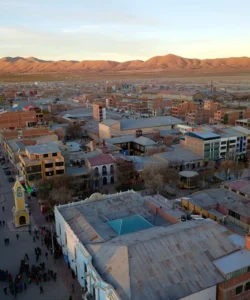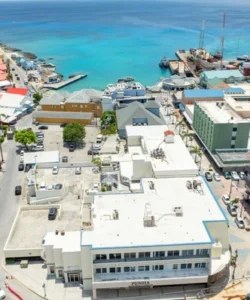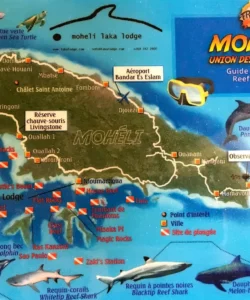Bonaire is a special municipality of the Netherlands, located in the southern Caribbean Sea, off the coast of Venezuela. It’s often referred to as “Diver’s Paradise” due to its pristine coral reefs, crystal-clear waters, and commitment to marine conservation.
Listen to an introduction about Bonaire
![]()
Here’s a detailed overview:
- Area: Approximately 288 km² (111 sq mi).
- Population: Estimated at around 25,650 people as of January 2025.
- Language: The official languages are Dutch and Papiamento. English and Spanish are also widely understood, especially in tourist areas.
- Currency: United States Dollar (USD).
- Religion: Predominantly Roman Catholic, with a significant Protestant population and other smaller religious groups.
- Capital: Kralendijk.
- Major Cities/Towns: Kralendijk, Rincon.
Attractions & Wonders:
Bonaire’s attractions are heavily focused on its incredible marine environment and unique terrestrial features.
- Bonaire National Marine Park: Encompassing the entire coastline from the high water mark down to 60 meters (200 ft) depth, this park is the island’s crown jewel. It offers some of the best shore diving and snorkeling in the world, with over 86 dive sites easily accessible from shore.
- Washington Slagbaai National Park: Located on the northern tip of the island, this expansive national park covers about 20% of Bonaire’s land area. It features rugged desert landscapes, cacti, indigenous flora and fauna (including iguanas and parrots), historical sites, and secluded beaches. It’s excellent for hiking, mountain biking, and scenic drives.
- Salt Pans (Salt Pyramids): On the southern end of the island, you’ll find vast salt flats and impressive white pyramids of harvested salt, a testament to Bonaire’s salt production history dating back centuries.
- Slave Huts: Near the salt pans, these tiny, stark stone huts served as overnight shelters for enslaved people who toiled in the salt mines, a poignant historical site.
- Lac Bay: A large, shallow, sheltered bay on the eastern side of the island, famous for its ideal conditions for windsurfing and kiteboarding. It’s also home to extensive mangrove forests, which can be explored by kayak or paddleboard.
- Klein Bonaire: A small, uninhabited islet just off the coast of Kralendijk, surrounded by pristine coral reefs, making it a popular spot for snorkeling, diving, and relaxing on its secluded beaches.
- Donkey Sanctuary Bonaire: A sanctuary for wild donkeys, providing them with care and protection. Visitors can interact with the donkeys and learn about their history on the island.
- Kralendijk: The charming capital, with colorful Dutch colonial buildings, a lively waterfront promenade, and a relaxed atmosphere.
- Rincon: The oldest village on Bonaire, nestled in a valley, offering a glimpse into traditional Bonairean life, with historic architecture and local eateries.
Architecture:
Bonairean architecture reflects a blend of Dutch colonial influences and practical adaptations to the Caribbean climate.
- Kralendijk’s Colorful Buildings: The capital, Kralendijk, features charming, low-rise buildings painted in vibrant pastel colors, often with traditional Dutch gables and arcades, giving it a distinctive Caribbean-Dutch aesthetic.
- Plantation Houses (Landhuizen): Scattered across the island, particularly in Rincon, these historic country estates often showcase the island’s agricultural past.
- Modest Homes: Residential architecture across the island tends to be more modest and functional, designed for the hot and dry climate.
Roads:
Bonaire has a generally well-maintained road system, especially around Kralendijk and the main tourist areas. Roads are easy to navigate. Outside the main towns, roads can be narrower and less developed, especially within Washington Slagbaai National Park, where some roads are unpaved and can be challenging for regular vehicles (a 4×4 is recommended for exploring the park thoroughly). Driving is on the right-hand side.
Hotels:
Bonaire offers a variety of accommodation options, largely catering to divers, including dive resorts, boutique hotels, apartments, and villas.
- Harbour Village Beach Club (Kralendijk): A luxury resort with a private beach and marina.
- Buddy Dive Resort (Kralendijk): Very popular with divers, offering dive packages and on-site dive shops.
- Divi Flamingo Beach Resort & Casino (Kralendijk): A well-known resort with a casino and dive center.
- Plaza Beach & Dive Resort Bonaire (Kralendijk): A large all-inclusive option with a beautiful beach.
- Captain Don’s Habitat (Kralendijk): A legendary dive resort, one of the pioneers of Bonaire’s dive tourism.
- Bellafonte – Luxury Island Villas (Belnem): Offers upscale apartment-style accommodations.
Restaurants:
Bonaire’s culinary scene is diverse, with influences from Dutch, Caribbean, South American, and Indonesian cuisines, often with a strong emphasis on fresh seafood.
- Brass Boer (Kralendijk): A high-end fine dining experience by Michelin-starred chefs.
- At Sea (Kralendijk): Popular for its fresh seafood and waterfront setting.
- Sebastian’s Restaurant (Kralendijk): Known for its Mediterranean-inspired menu and cozy atmosphere.
- Mona Lisa Bar & Restaurant (Kralendijk): A long-standing favorite for Dutch and international cuisine.
- Bobbejan’s Take Away (Kralendijk): Famous for its delicious, no-frills BBQ ribs and chicken.
- It Rains Fishes (Kralendijk): Focuses on fresh catch of the day in a casual setting.
- Posada Para Mira (Rincon): A traditional restaurant in Rincon offering authentic local dishes and great views.
Cuisine:
Bonairean cuisine is a flavorful mix, often hearty and reflecting the island’s historical and cultural ties.
- Staple Foods: Fresh seafood, goat meat, plantains, rice, and cornmeal.
- Popular Dishes:
- Stoba (Stew): A common and beloved dish, typically made with goat (kabritu stoba), beef (karni stoba), or fish, slow-cooked with vegetables and spices.
- Pescado Kora (Red Snapper): Freshly caught red snapper, often fried or grilled.
- Sopi Kadushi (Cactus Soup): A traditional and unique soup made from the local kadushi cactus, often with goat meat.
- Funchi: A cornmeal side dish similar to polenta, often served with stews or grilled fish.
- Fried Plantains: A common and delicious side dish.
- Arepas: Flat, round cornmeal cakes, often stuffed with cheese, meat, or vegetables, influenced by Venezuelan cuisine.
- Local Baked Goods: Try pan dushi (sweet bread) and various pastries.
- Seafood: Given its marine richness, fresh grilled or fried fish, conch, and lobster are abundant.
